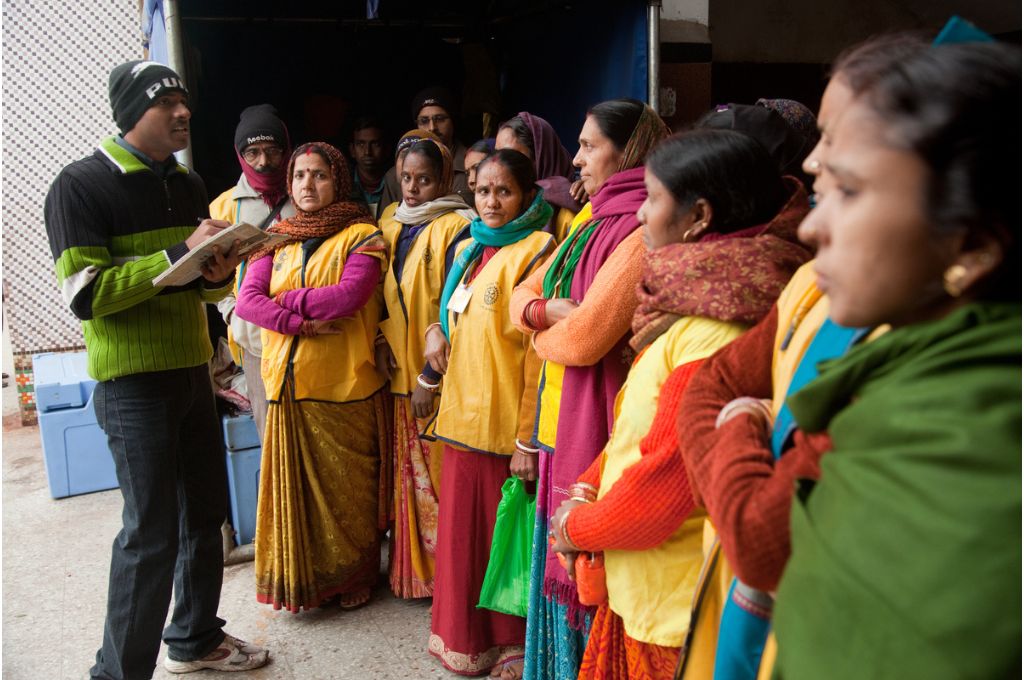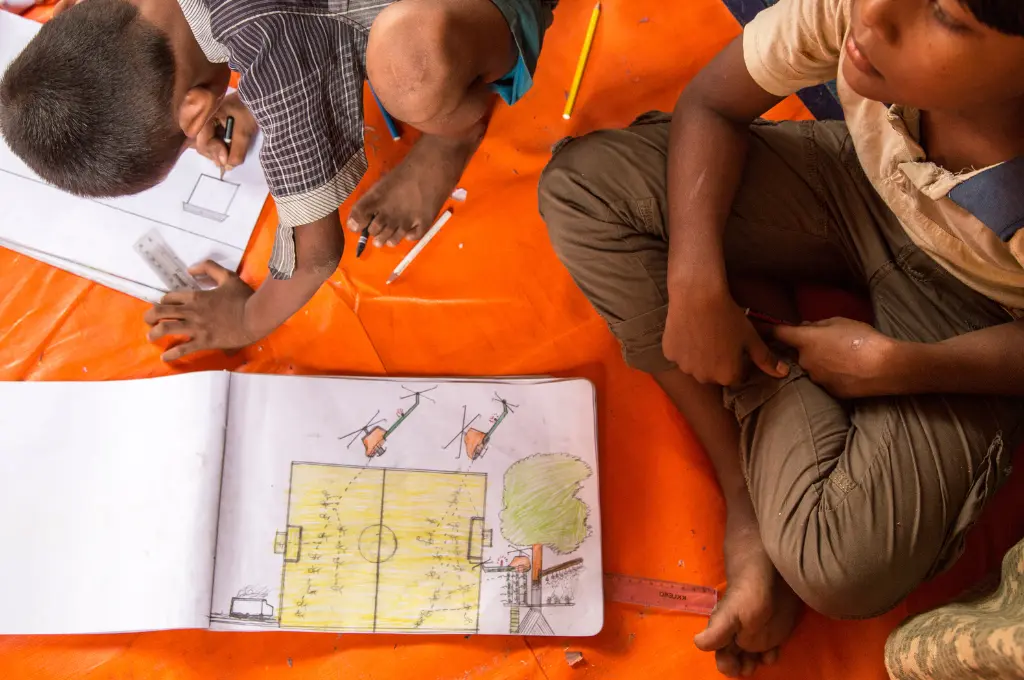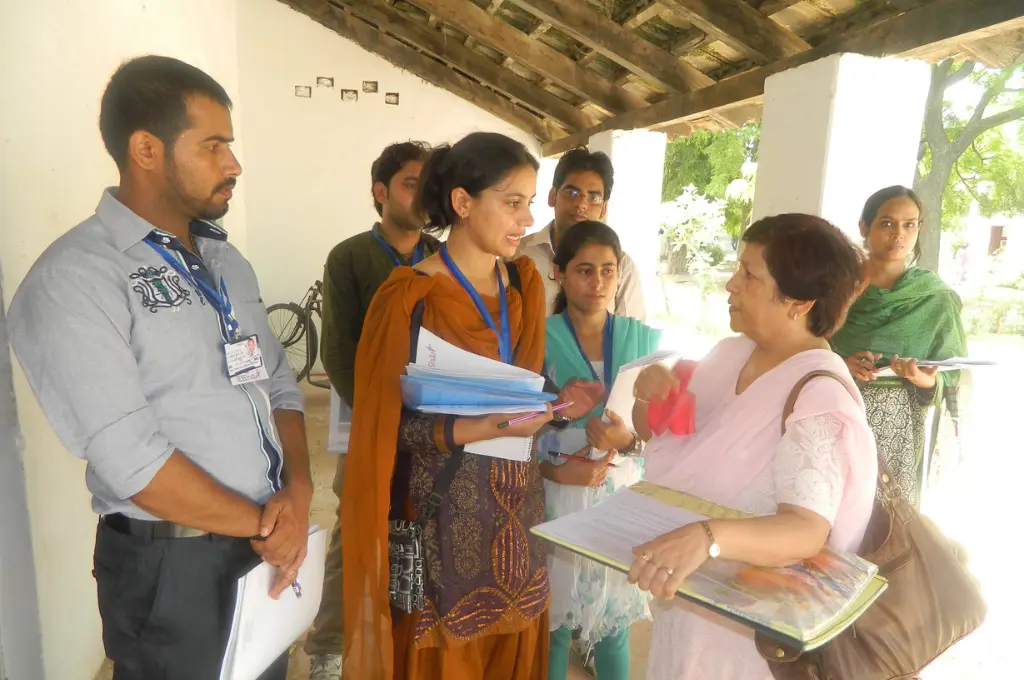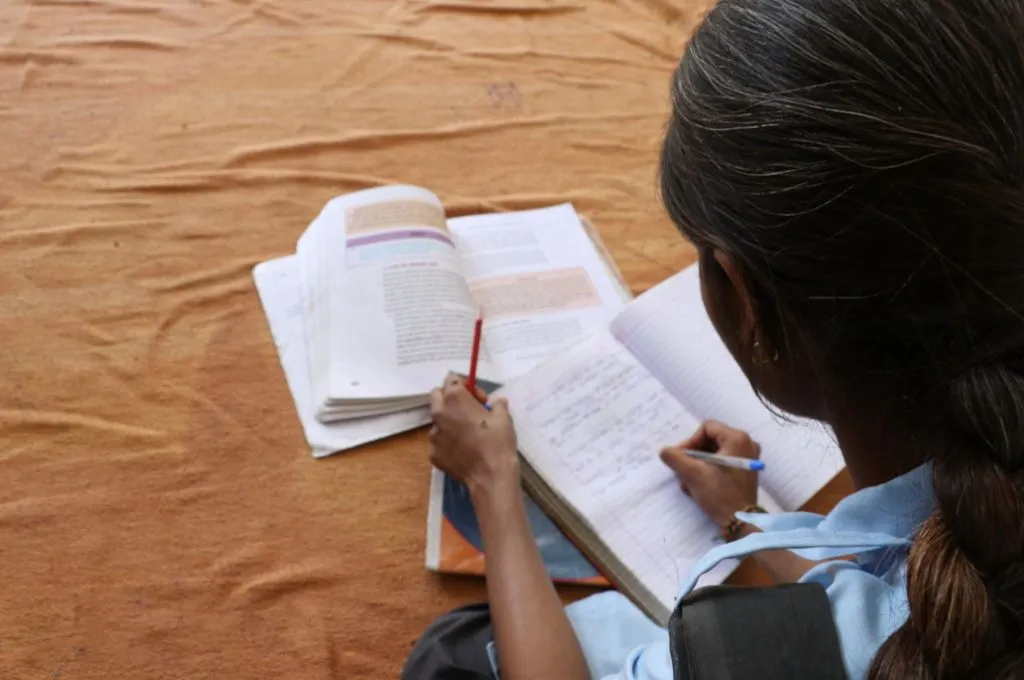There is a rapidly growing evidence base suggesting that applying behavioral science to global anti-poverty programs can increase their impact—often at minimal cost. This is because the success of most programs in reaching their desired outcomes often hinges on the behavior of humans involved. Typically, the focus here has been on the behavior of program participants, especially their ability to make and act on a series of choices. Insights from behavioral science have been shown to be effective at helping participants better navigate required behaviors in a variety of contexts—e.g., improving savings outcomes and school attendance, finding meaningful employment, and increasing vaccination rates.
Yet the behavior of a second set of actors—namely, program staff—has not received the same level of attention, especially outside the public health sector. In ideas42’s collaborations with anti-poverty programs and governments around the world, it has become increasingly apparent that such a narrow focus is limiting program impact.
A program’s staff directly shape its potential for impact: At every stage of product and service delivery, those staff members who are unable to fully engage with the program’s implementation activities weaken its effectiveness and impact. They can also inadvertently shape the behavior of program participants. For example, the quality of an interaction with a member of a program’s staff may influence participants’ choices, including their willingness to engage with the program and their ability to sustain engagement over time.

If behavioral science can optimize the behaviors of anti-poverty program staff to the same extent as it has successfully cultivated positive actions among these programs’ participants, this could be a new, powerful channel for increasing social impact and improving lives and livelihoods. Below, we’ll explore how behavioral interventions geared toward staff members can support programs’ objectives and boost their effectiveness.
Three behavioral challenges facing anti-poverty program staff
Our collective experience supporting positive participant behaviors gives both fellow behavioral scientists and interested practitioners a strong foundation to build on. And we’ve seen that program staff, who are often drawn from the very same communities as program participants, are likely to struggle with many of the same behavioral challenges.
The first challenge is scarcity. Time, money and staff availability are chronically scarce resources in anti-poverty programs. Providers who are overworked and rushing to complete long task lists may prioritize some aspects of a program at the expense of others that might be just as important—if not more important in the long run. For example, in the case of a cash transfer program we worked with, staff members’ limited attention prevented them from completing processes that ultimately resulted in delays in cash disbursements. This had outsized impacts on the lives of cash transfer recipients, because delays and unpredictability made it more challenging for cash recipients to budget and use their funds for long-term productive goals, which was itself a key objective of the program.
Program staff may be influenced by their peers’ behavior.
The second challenge involves social norms. Like all of us in many aspects of our lives, program staff may be influenced by their peers’ behavior, as well as their beliefs about their peers’ behavior. Staff who see their colleagues taking shortcuts may be tempted to do the same—especially in contexts where on-the-job training is common. Norms may also guide providers’ interactions with program participants. For instance, a study in Zambia by members of our Global Health team found that health care providers believed they were expected to be stern with pregnant women, which led to disrespectful care at the time of labor and delivery. Their understanding of how a provider should ideally behave—what we call a prescriptive norm—led them to behave in ways that were actively harmful to the women seeking their help, and that may have dissuaded some women from seeking care at all, choosing to have riskier at-home births instead.
Finally, mental models can also present challenges. Staff members’ mental models, or frameworks for understanding their program and their roles, can shape the way they support program participants. Their mental models can also influence how program participants see themselves, helping to shape their identities and how they understand the choices that are available to them. Research shows that the way staff perceive the services they offer, as well as their perception of their own roles, can manifest in behaviors that are off-putting to program participants, or that make it more daunting for them to seek staff support. It is easy to imagine how the attitudes of program staff we have encountered—for instance, those who believe that the people their programs serve are “too poor to save”—could be similarly damaging, and prevent them from taking actions that could lead to positive change.


How behavioral interventions can strengthen anti-poverty programs
These are just a few examples of the persistent behavioral barriers preventing program staff from acting in ways that would improve service delivery and help program participants make the best use of available services. By helping their staff overcome these types of often-invisible but meaningful barriers, programs can ensure greater impact. And fortunately, behavioral science also provides a roadmap to the types of interventions that are likely to successfully address each of these obstacles.
Behavioral interventions targeting scarcity often seek to simplify complex processes, or add supplemental tools and guides to make it easier for providers with limited time and attention to make decisions and take actions. Similarly, making training more action-oriented can more reliably lead to the adoption of best practices, such as the use of heuristics, or “rules of thumb,” to make business training programs more effective for business owners by our teams in India and the Philippines.
Interventions focused on social norms are frequently designed to fix misperceptions about what behaviors are normal, or to leverage existing norms to strengthen the adoption of a positive behavior, such as by recruiting opinion leaders within a community to help with program outreach and messaging. One example of the former approach can be seen in a study in Peru that reduced staff absenteeism in schools by sending school teachers and administrators emails highlighting that attendance at school is the norm among their peers in their school districts—something many staff members hadn’t realized.
Finally, interventions that have successfully addressed mental models include efforts to reframe negative stereotypes or harmful identities and make positive traits or role models more salient. For instance, an affirmation exercise we designed to help cash transfer recipients in Madagascar reflect on their skills, abilities and breadth of choices could be adapted to program staff who have a similar lack of a sense of agency.
Behavioral approaches alone aren’t a panacea for the challenges facing anti-poverty programs in the Global South. However, by focusing on the right set of populations and the subtle, overlooked behavioral barriers they face within the program context, behavioral science can offer tools that can be used not only to generate better program outcomes, but to facilitate changes in relevant policies where needed.
This article was originally published on NextBillion.





